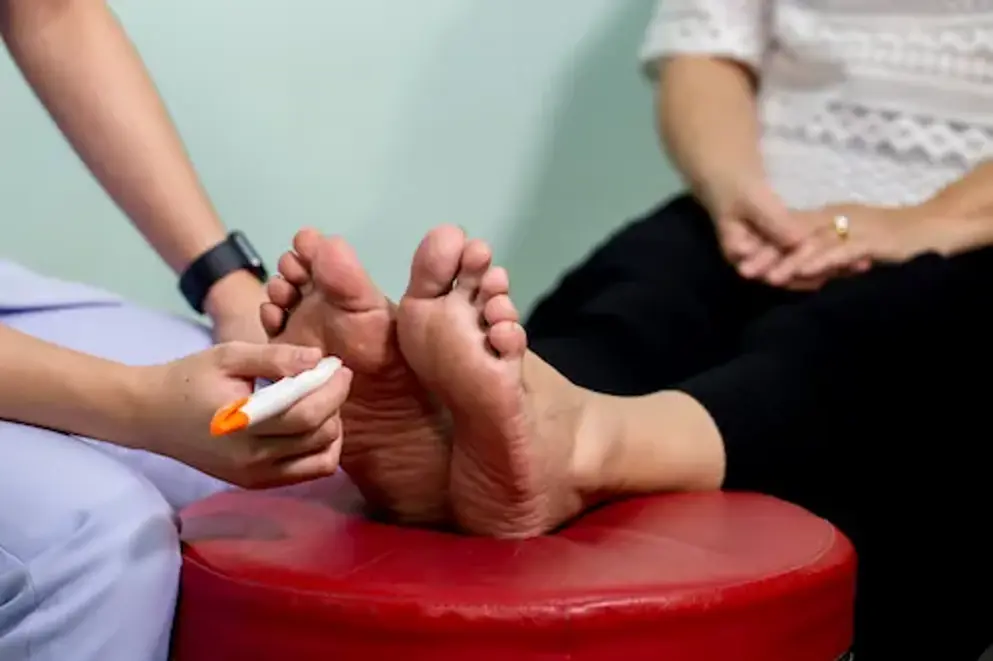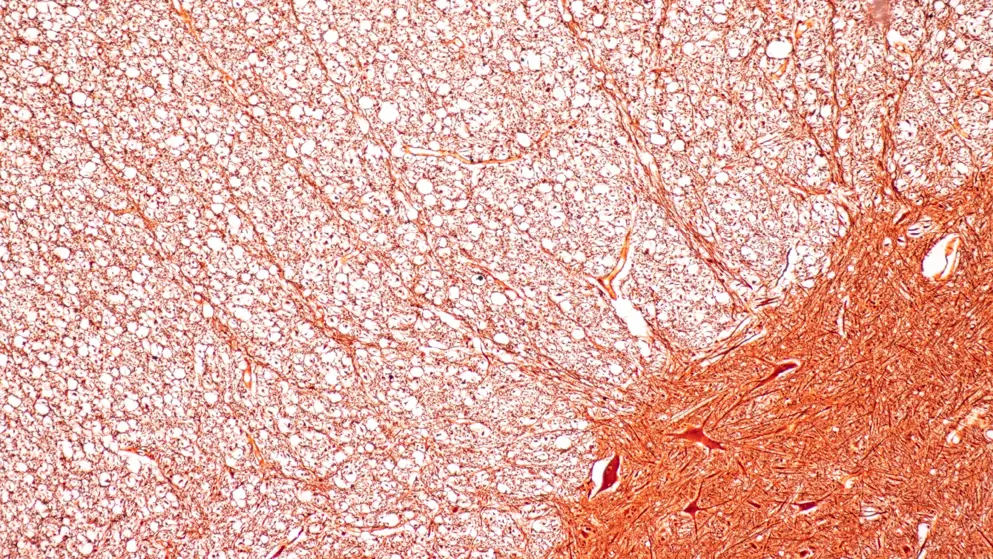
Real-world data clarify IVIg safety in CIDP
By Kayla Lee
Real-world data suggest that thrombotic events, acute kidney injury (AKI), and hemolytic events are rare among people with chronic inflammatory demyelinating polyneuropathy (CIDP) receiving intravenous immunoglobulin (IVIg).
The most frequent events – thrombotic events – occurred at rates of between 22 and 48 per 1,000 person–years, show the findings published in Pharmacoepidemiology & Drug Safety.
In the USA, IVIg therapies come with boxed warnings for thrombosis, renal dysfunction, and acute renal failure. J. Bradley Layton (RTI Health Solutions, Research Triangle Park, North Carolina, USA) and study co-authors stress that the purpose of their study was “not to refute such warnings, nor to explore the mechanism of action of IVIg in CIDP.”
Their study, which focused on new users with CIDP, used data recorded in two US-based administrative claims databases from 2008 to 2019.
In the first cohort, 1,441 patients received GAMMAGARD LIQUID (GGL) infusion while 2,708 patients were treated with an IVIg comparator. In the second cohort, 644 patients received GGL infusion, and 1,293 patients were treated with an IVIg comparator. Across all cohorts and databases, the majority of participants were male (≥57%), with ages ranging from 8 years to over 90 years.
Meta-analysis of the combined cohorts showed no significant difference in the risk of thrombotic events for GGL versus comparator IVIgs, with a propensity score-weighted hazard ratio (HR) of 1.35, but with a confidence interval (CI) of 0.84 to 2.15.
Meta-analysis was not possible for AKI and hemolytic events. However, the HRs for AKI in the patients treated with GGL versus comparators were 0.84 in one database and 1.32 in the other; both were nonsignificant. There were too few hemolytic events to analyze in one database. In the other, the HR was 0.79 and was again nonsignificant, with a wide CI of 0.20 to 3.08.
The team also looked separately at outcomes in immunoglobin-naive and experienced cohorts, and found no risk differences associated with GGL versus other IVIgs.
The researchers conclude that there were “no consistently different outcome risks between patients receiving GGL versus other IVIgs with US approval for CIDP” and that thrombotic events, AKI, and hemolytic events were infrequent among people with CIDP who were treated with IVIg.
They add: “Owing to the imprecision of some estimates, increased risks of small absolute magnitude cannot be ruled out by this study; however, the absolute difference between the groups was very small and varied over time.”
Developed by EPG Health for Medthority, independently of any sponsor.



